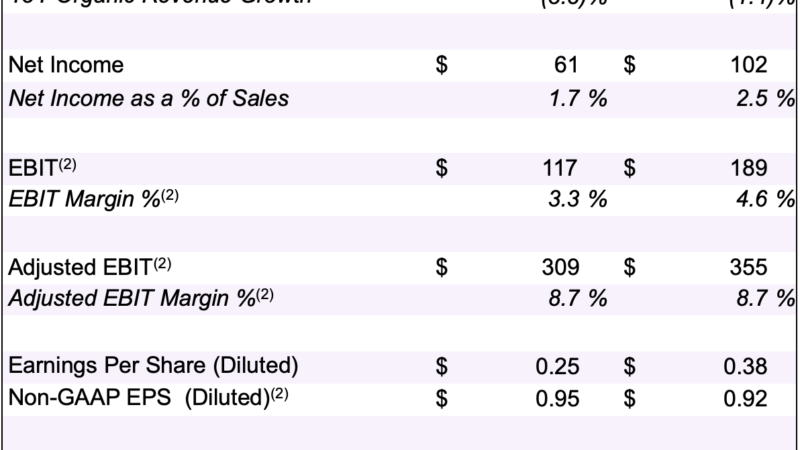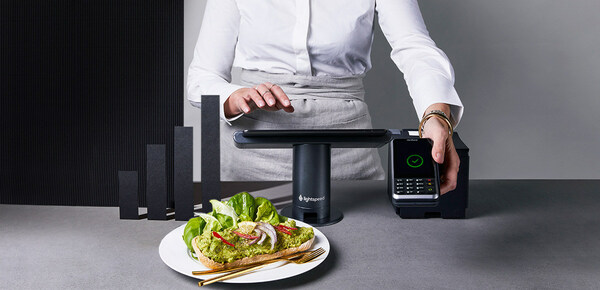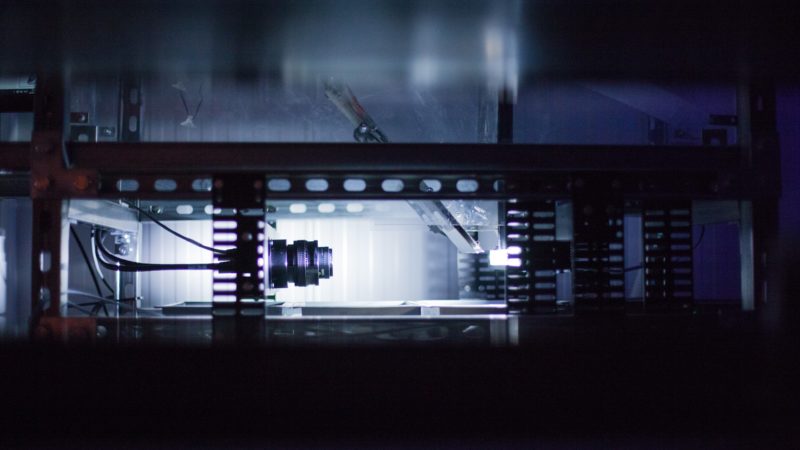How Technology Kept Me Sane During My Fight With COVID-19 – Forbes

Analyst Anshel Sag was recently hospitalized for COVID-19.
Anshel Sag
If you follow me on social media, you may know that a few weeks ago I managed to contract the SARS-COV-2 virus, also known as the 2019 novel coronavirus or COVID-19. During that time, I exhibited all of the common symptoms of the illness as well as some that are less common. While I will save you all the details of how awful the last three weeks have been, I do want to talk about one aspect of my experience. Since I’ve been covering technology for over a decade, I wanted to give you an idea of how technology helped me during my time in self-isolation and in the hospital.
Getting Sick
I started to exhibit symptoms on March 11th, after attending a music festival on the weekend of the 7th. While it’s impossible to know for sure where and when I contracted COVID-19, I am certain this is where I contracted it, especially since two other people who attended the festival tested positive after the fact. At first, I thought it was a case of the flu, but on the third day I overcame the flu symptoms and started to develop a dry cough. After that, I made four attempts to get tested and was finally successful on the 19th. Between the 14th and 19th, I effectively had a very bad cough and a fever that ranged from 100.7 to 102.7. On the 22nd, I began to feel short of breath, at which point I went to the hospital.
I spent the next 9 days at the hospital in complete isolation. Since I was not planning to be there that long, I didn’t bring anything with me other than one of my phones. Anyone that knows me, knows that it is rare for me to only carry one phone, but I wasn’t feeling well and carrying two phones felt like a burden. I was admitted into the hospital without my second phone, laptop or Nintendo Switch and I eventually had my sister bring me a charger for my phone.
Conditions
When you are in the hospital with COVID-19, you are typically put into isolation in a room with negative pressure fans designed to keep the virus inside. You may not leave your room—all you have is your tiny TV and whatever you brought with you. The gigantic HEPA-filtered fans are insanely loud, and are constantly pushing air out of the room to create the negative pressure. The constant whirring noise can and absolutely will drive you crazy; it only adds to the madness of being stuck in the same room for days on end. Yes, TV is a nice thing to have, but I personally can’t just watch TV all day.
My Smartphone and Network
As mentioned earlier, the one real piece of technology that I had was my smartphone, a Samsung Galaxy Note10 on T-Mobile. My first thought upon being admitted was to run SpeedTest to see what kind of internet experience I would have. Hospitals have notoriously poor cell reception and speeds, and I was worried that I would not be able to keep myself entertained and connected. Thankfully, my room and the hospital in general had unbelievably good speeds on T-Mobile—73.3 Mbps down and 45.17 Mbps up. This put me at ease because it meant that I could stream pretty much any content my heart desired and easily video chat with my friends and family.
What I actually did with my phone
So, how did I use my phone to keep myself sane? Well, first I deleted all the dating apps on my phone. I wasn’t going anywhere and the notifications were going to annoy the heck out of me. Also, between browsing Facebook and Twitter, I became a very avid user of TikTok—something I’d never really used much before. I sent photos and video chatted with friends and family to keep them posted on my condition using Facebook and SMS. I’m embarrassed to admit I also played a ridiculous amount of Candy Crush, which I hadn’t played in years. It kept me distracted and entertained, which was the primary goal. I also installed ScrabbleGo to keep myself occupied and a bunch of other games (though I deleted many of them as quickly as I installed them, due to annoying pay-to-win schemes).
In addition to watching lots of TikToks, I watched a ton of YouTube videos and Netflix (yes, I did start watching Tiger King). I also had Disney+ on my phone, and though I didn’t really use Disney+ much, it was nice to have as an option if I really got bored of everything else. I was also worried about my Tesla being parked in the same charging spot for multiple days; thankfully, the Tesla app kept me assured that my car was not towed. Surprisingly enough, I never even thought to open my AT&T TV application—but then again, I already had about 80 channels of mostly useless garbage on my hospital TV already.
For communication with others, I found that I used Facebook chat, Twitter DMs and WhatsApp the most. All were useful and kept me in contact with friends and family while I was stuck in my room. At one point I was moved to the ICU for close monitoring while I started my hydroxychloroquine regimen. I was worried that my reception and/or speeds would suffer then, but they really didn’t. I took plenty of hospital selfies to send to friends and family and post on Twitter. While you might not think that taking selfies would help keep people sane, it was actually quite calming to be able to share these pictures with others. It helped me feel more connected and less isolated.
Wrapping up
Overall, if I didn’t have my smartphone and all the apps on it working flawlessly on T-Mobile’s network, I’m not sure I would have come out of this in the right state of mind. I am seriously thankful for all my friends and family that were there for me and dropped things off (thanks to my mom and sister) and the nurses and doctors that put themselves in harm’s way to care for me and help me recover from this disease. Please remember to practice social distancing and don’t do what I did—stay safe and remember to cherish your loved ones. Oh—and if you do have to check into the hospital, make sure you bring your smartphone.






